Landing Pages
Website landing pages often look and feel like an arcade floor. Rather than inviting visitors in and directing them through the site, landing pages confound visitors – who, of course, then quickly leave the page. A landing page is where website visitors often end up after seeing an advertisement for something they would possibly benefit from or enjoy. The advertisement is delivered via search ads, social media, email or another type of ad.
The goal of a well-designed landing page is to convert visitors to leads or purchasers. Yet often the landing page places the compelling offer behind a lead capture form or in a location where it is not easily seen.
A landing page should offer visitors a hyper focused experience that moves them to a specific form or page that gives them a clear path to follow. There is an art to creating a targeted landing page. A highly effective one contains just enough information to inform visitors without making them feel they are being oversold. Ideally your landing page should convey three simple things:
1. Where your visitors have landed on your website.
2. What you are making available to them and how great the offer is.
3. What the next step is to procure (or find out more about) the exceptional product or service that you are selling.
It is tempting to go overboard and add all kinds of bells and whistles on your landing page. Instead, go for the simple and clean, with clear and obvious navigation. Less is often more.
Below are tips for creating an effective landing page.
Match the message to the promise.
Whatever you are selling needs to be clearly offered and described on your landing page. “Message mismatch” is an all too common occurrence. In a recent study, 45 percent of landing pages failed to repeat email promotional copy. Copy shown in landing pages need to match the call to action shown in ads, emails, or other digital marketing tactics. If you sell someone on a promise, make sure that is the first thing he or she will see on your landing page.
Deliver Awesome.
Make sure that the content shown on your landing page is important and valuable to your visitor.
Avoid TMI (too much information).
Don’t stuff too much information onto the page. Putting too much information or explanations burdens the respondent to sift through it. Instead, most will leave the page because they are just not that involved or interested early in their exploration.
Keep your headline benefit driven.
Reiterate what’s awesome about your offer by telling customers what’s in it for them. A production-driven headline highlights what your product or service will do; a benefit driven headline tells customer you’re your product or service will do for them.
Keep subheads and copy brief.
A subhead below a headline is a good place to explain benefits of your offering. Fewer words, preferably in bullet points with supporting graphics or video are best.
Use second person plus active verbs.
Persons on your landing page have had their interest piqued. So speak to landing page visitors directly (lots of you and your) and use active verbs to match your tone to theirs – like “get” or “go” or “start” or “try” or “register” or “get a quote”, or “download now” versus submit.
Be blindly obvious.
Once visitors land on your page and opt into your offer, make sure they know what to do next. Place a call to action in an obvious place and test different types of language to see what is most compelling. A landing page is also a good place to amplify the value not the action such as “Start Saving” or “Get Free Advice.” Make sure call-to-action buttons stand out. Adhere to the four B’s: big, bright, bold and blindingly obvious.
Show and tell.
Use colors and contrast and icons to guide visitors to what you want them to do.
Keep things simple.
Only ask for the most relevant information via the form that you ask a visitor to fill out. Break up chunks of text and reduce the words and images down to what is only essential. The less content on the page, the more will be seen above the fold (the space that visitors see without having to scroll down.)
Use trust indicators and special proof to reduce anxiety among your visitors.
Use testimonials, press mentions, third-party trust and security verifications (like Better Business Bureau) and satisfaction guarantees to ease the anxiety of visitors assessing your offer. You can also use “social proof” like blog comments or the number of followers to build credibility.
Test.
Use A/B tests to determine what works best for your audience. Test 2 different versions while holding one or more variables constant while varying another variable in the different executions.


